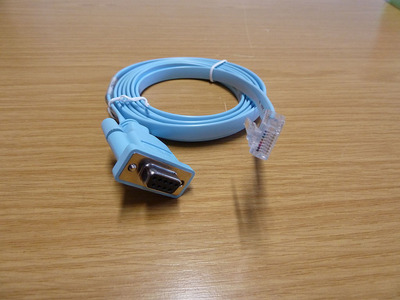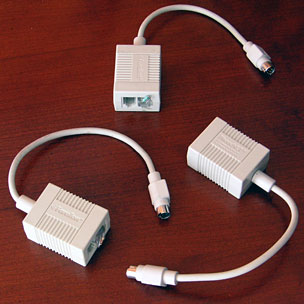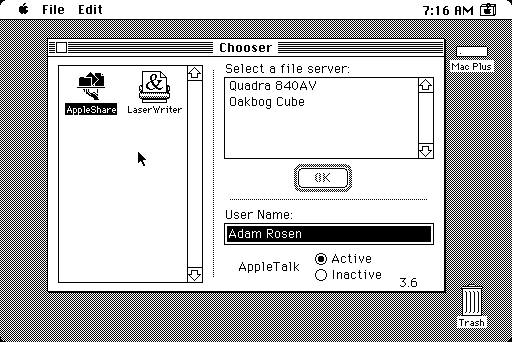First post, by pbagain
Going through my collection of computer cables to find a way to make a typewriter/terminal talk to a modern PC , I found a number of these SUB-D serial to "RJ45" cables (image from Wikipedia).
Curious as to what these cables are normally used for, I googled and most hits refer to connecting to serial consoles of networking equipment (switches and such).
Later I also asked a friend about it who has been working in IT since the eighties. He seems to remember that such cables were also used in the early days of local networks to connect multiple computers via a low-speed ethernet hub (not switch). Apparently the advantage was that not all computers were equipped with expensive NICs, but they all had a serial COM port or two. Disadvantage would be the low speed.
Does anyone else remember this method of networking? I can't seem to find anything about it online, but maybe I'm using wrong keywords. Any suggestions?
Also: how could this method actually work? I can kind of see how you could broadcast a serial signal from a COM-port over the hub which would then repeat it to other connected clients. But how would the receivers know who was the intended target? How would synchronization work? Was there a special protocol and driver stack?
It's a bit of a mystery to me, so hoping for some pointers. Thanks!


